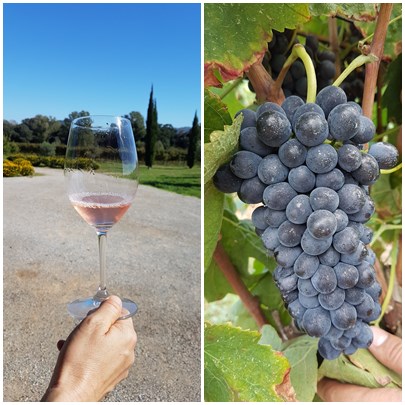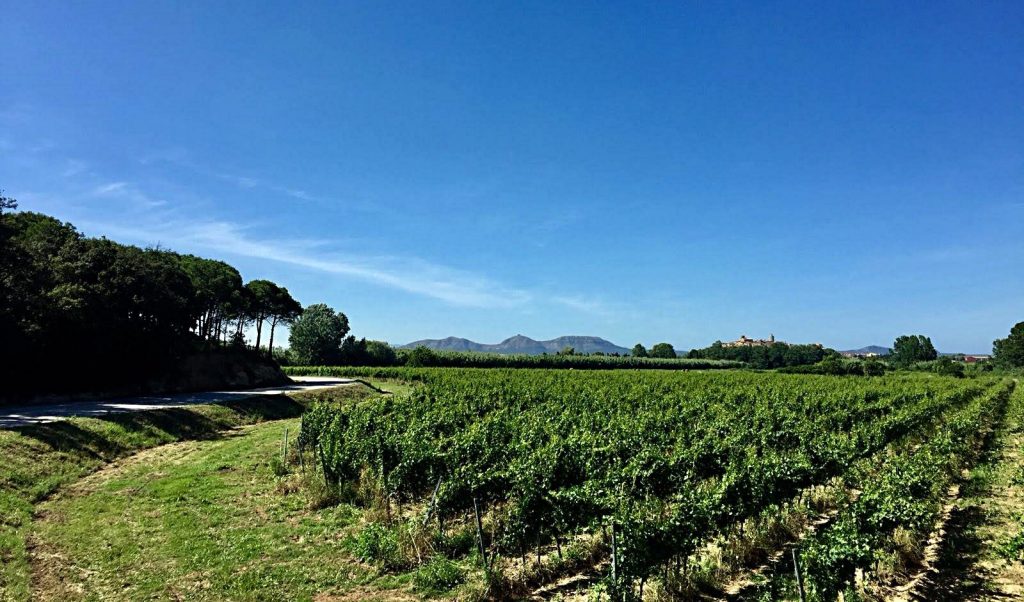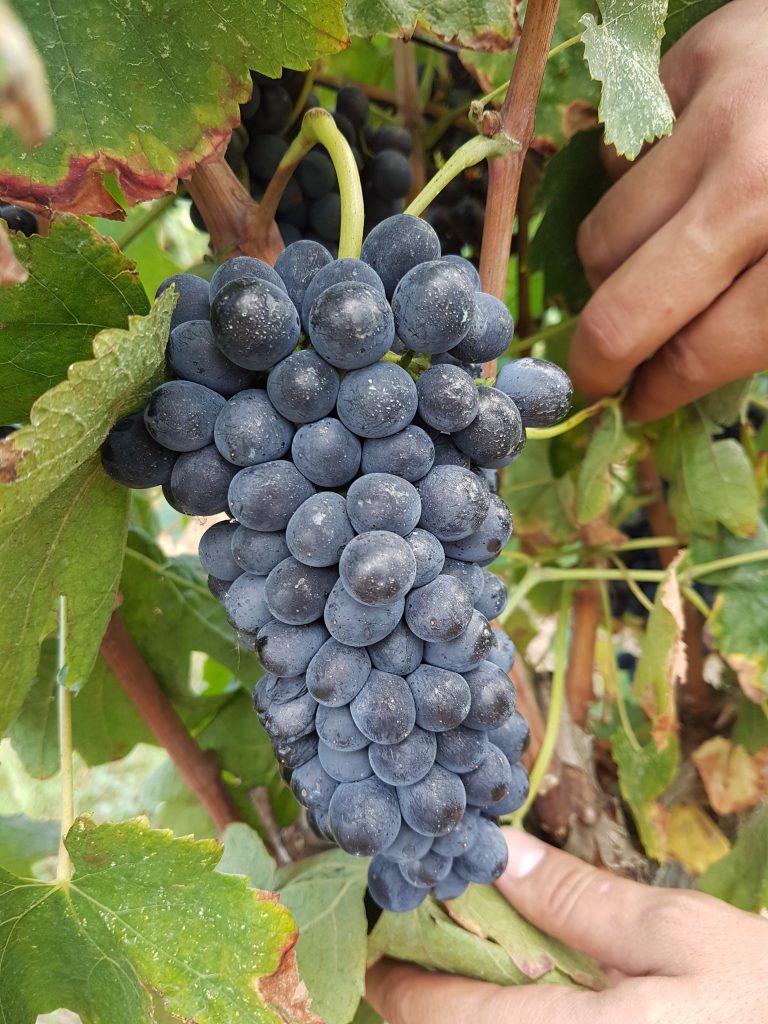Report by Lorna Charlton.
Photographs by Isaac Peral and Lorna Charlton.
Let’s try this simple exercise before you start reading ahead… Close your eyes and imagine the Costa Brava… I bet I can guess what you came up with? Beautiful sandy beaches, little coastal paths from beach to beach, bars lining the beach fronts, maybe a few little medieval towns scattered around the countryside… Am I wrong? Probably not, but you’re not wrong either. The Costa Brava is known for its beaches and is also home to some breathtaking medieval villages, such as Pals, Palau-Sator, Peratallada, but did you know that the Costa Brava is also home to an amazing, historic wine region called the Empordà?
Around the VI Century BC the Greeks founded what is thought to be one of the biggest colonies on the Iberian Peninsula in what is now called Empuries. 400 years later, the wines of Emporiae are documented all over the Roman Empire and even in Rome itself. This great settlement gives the wine region of the Costa Brava its name Empordà.
During the Medieval years, vineyards thrived around the monasteries of Sant Quirze de Colera or the more famous, Sant Pere de Rodes. Wine was made by the monks and was given to the landowners as a sign of wealth. Later, in 18th and 19th Centuries wine became one of the most important parts of agriculture in the Empordà region. Many traditional “masias” (typical dry-stone farmhouses) had vineyards and made their own wine. The majority of these masias where self-sufficient, producing on the land most part of what they needed to survive.
The Phylloxera
Winegrowing was thriving and vineyards were expanding until the end of the 19th Century when the Phylloxera hit Catalonia. For those that don’t know, the Phylloxera is an insect that sucks on the roots of vines until they cannot supply anymore nutrients or water to the plant, thus killing it. It is actually native to North-East America and was introduced into Europe through France. The first case of the Phylloxera in Catalonia was in Rabós d’Empordà in 1879. Within 10 years the devastating effects of this insect plague could be seen and felt throughout the Empordà, reducing the expansion of vineyards from almost 11.000 hectares to almost nothing. Most winegrowers switched their crops from grapes to olives, apples, wheat or corn in hope that they could keep making money from their land to survive.
The help
In 1930, supported by the Catalan Generalitat, public and private sectors joined forces and new vineyards appeared in the form of Cooperatives. This gave winemakers the chance to replant vineyards and get back into what they knew best. Finally, in 1975 the Empordà was given an official recognition for making wine and the Denominació d’Origen Empordà (D.O. Empordà) was born.
The Costa Brava having become one of the most popular holiday destinations north of Barcelona, meant that the generation that was supposed to take over the family vineyards during the 1960’s decided to move into tourism. Working during the high season and making more money than in winemaking. This also caused a decline in wine for the Empordà.
Today however, there are little more than 2000 hectares of vineyard in production in the Empordà and over 50 producers of wine. Combined efforts of the Consell Regulador and the Costa Brava Tourism Board have given these wines some of the international recognition they deserve. New generations who have travelled the world, have a better education than their great-grandparents and have a wider vision of the global and ever-changing wine market are the ones responsible for making some exceptional wines and for putting the Costa Brava on wine maps throughout the world.
The majority of vineyards are located in the Alt Empordà (in the North), in the foothills of the Pyrenees or balanced on the cliff-edge overlooking the Mediterranean. Most of them are around 20 minutes from the town of Figueres, perfect for visiting and combing with a trip to the Dali Museum. Or, if you’re visiting the pretty Medieval towns in the Baix Empordà (in the Southern part of the region) there are around 10 vineyards close by to visit also.
So there you have it. After a quick geography and history lesson, you have the perfect reason to leave the busy, bustling city of Barcelona for a day or two and head north to the quiet, peaceful surroundings of the D.O. Empordà.






